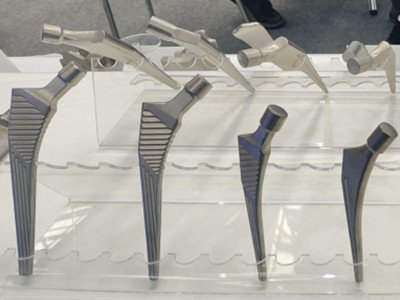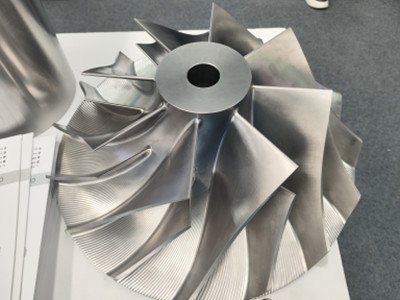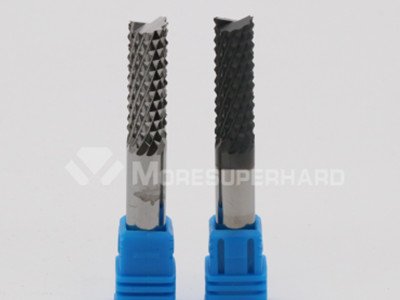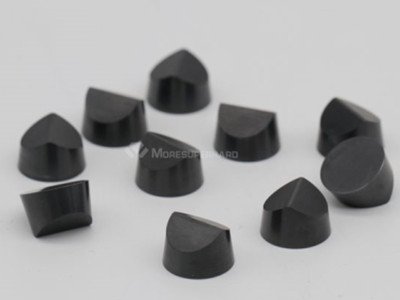08
May
Titanium alloy is hailed as the “all-round metal” due to its excellent strength, light weight, corrosion resistance, and high-temperature resistance. However, its processing is known as a “killer of cutting tools” – low thermal conductivity leads to heat accumulation during cutting, and its high chemical activity easily reacts with the material of the cutting tool, causing issues such as tool sticking and chipping. How to choose the right cutting tool material? Moresuperhard will combine processing cases to analyze the selection logic of cutting tools for titanium alloy processing.


1.Nightmare of tool adhesion: Titanium alloy softens and adheres to the tool at temperatures above 200℃, and titanium chips tend to deposit on the CBN tool surface, causing a 30% increase in cutting force.
2.Chemical reaction trap: Diamond tools undergo a carbonization reaction with titanium at high temperatures, with the edge corrosion rate reaching 0.15mm per hour, reducing tool life by 70%.
3.Thermal conduction dilemma: The thermal conductivity of titanium alloy is only 1/4 that of steel, and the temperature in the cutting zone can reach 1000℃, accelerating tool wear.
Advantages: Good toughness, low cost, suitable for intermittent cutting;
Effect: Utilizing ultrafine grain (below 0.5μm) matrix, combined with high cobalt content (10%-12%) to enhance impact resistance;
Case: When processing Ti6Al4V, the cutting speed can reach 60-120m/min, and the tool life is five times longer than that of traditional high-speed steel.

Advantages: TiAlN/AlCrN multi-layer composite coating, hardness up to HV3500, heat resistance exceeds 900℃;
Effects: Compared with uncoated tools, the rate of tool sticking is reduced by 50%, and the surface roughness of the processed part Ra ≤ 0.8μm;
Case: After a certain aerospace parts factory adopted coated tools, the processing efficiency of titanium alloy impellers increased by 40%.

Applicable scenarios: continuous cutting, semi-finishing stage;
Risk warning: bending strength is only 800-1200 MPa, vibration and impact loads should be avoided;
Advantages: silicon nitride ceramic (Si3N4) matrix with tungsten carbide particles added, fracture toughness increased to 8 MPa·m^1/2.

Case: Parameter optimization and process design
Golden combination of cutting parametersCoarse machining: vc = 30-60 m/min, fz = 0.1-0.2 mm/z, ap = 2-5 mmFinishing: vc = 80-150 m/min, fz = 0.05-0.1 mm/z, ap = 0.1-0.5 mm
Cooling strategy: High-pressure internal cooling (pressure ≥ 7 MPa) combined with oil-based cutting fluid can reduce cutting temperature by 40%;
Tool maintenance: Use ultrasonic cleaning to remove titanium chip adhesion every 50 minutes of processing, extending the coating life by 30%.
When selecting cutting tools for machining titanium alloys, it is essential to follow the three key principles: anti-adhesion, heat resistance, and toughness. Titanium alloys are known for their high strength, low thermal conductivity, and high chemical reactivity, which often lead to challenges such as tool adhesion, rapid wear, and high cutting temperatures during machining. Therefore, the chosen tools must possess excellent anti-adhesion properties to reduce material buildup on the cutting edge and extend tool life. They should also have strong heat resistance to maintain performance under high-temperature conditions, preventing premature softening or annealing of the cutting edge. Additionally, the tools must be sufficiently tough to withstand the impact and vibration that may occur during machining, thus avoiding chipping or breakage. Only by meeting these three requirements can efficient and high-quality machining of titanium alloys be achieved.







